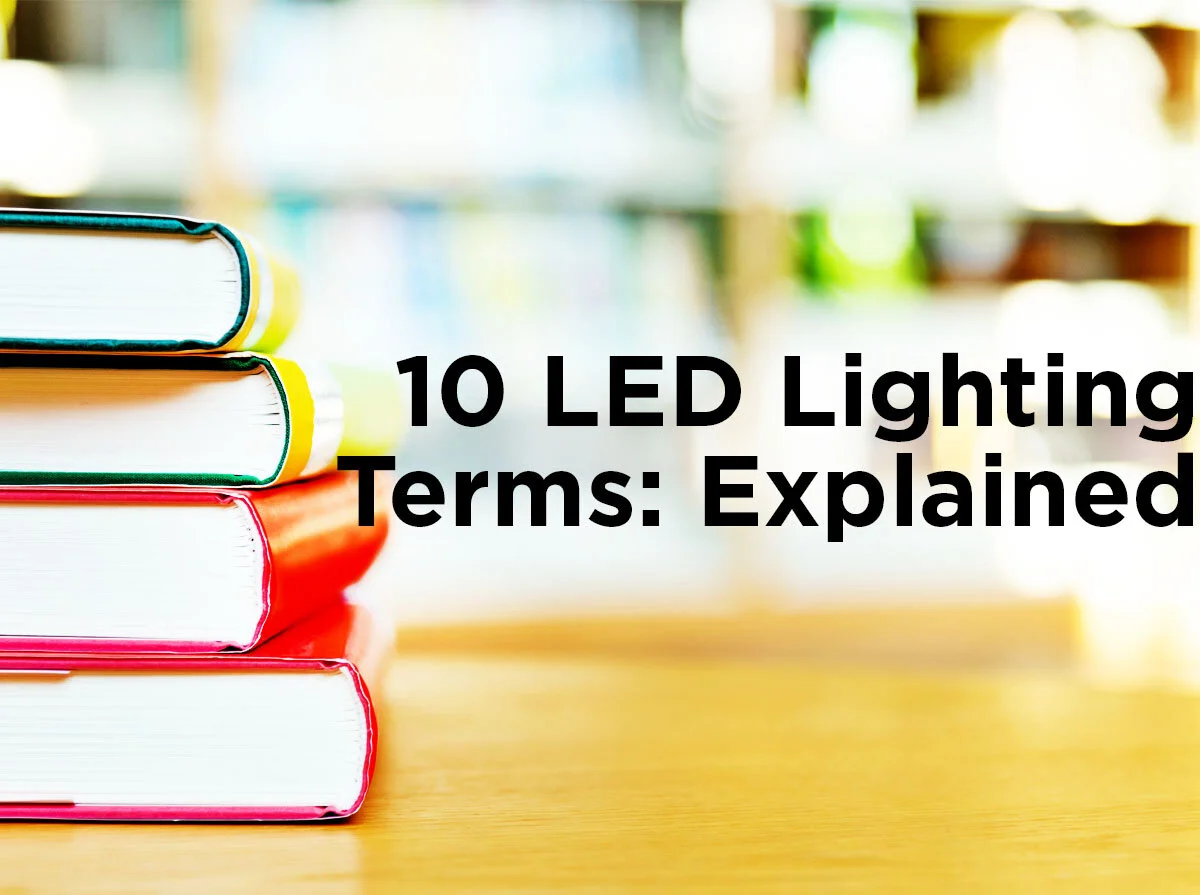Candela vs Lux vs Lumens: Illuminating the Meaning of Confusing Lighting Terms
Updated 10/12/23 by 1000Bulbs Staff
It happens far too often when shopping in the lighting section. You pick up a light bulb or a handheld spotlight and look at the specifications- only to find that one says lumens, another says lux, and yet another reads something about candela.
Confused, you question why no one uses the same system for measuring these things. You quickly pick an item based on your best guess from looking at the other items on the shelf and hope you chose correctly.
So, why isn't there one easy, standardized measurement for the luminosity of a bulb? What is the difference between candelas, lux, and lumens anyway? The short answer is that these three terms are all separate standards for measuring different kinds of lighting effects.
Let's break down each term a bit more so you no longer have to make a hurried guess when shopping for light bulbs again.
Candela: a Unit Used to Measure Luminous Intensity
We'll start with candela (cd) – also commonly called candlepower. Candela is the base measurement for describing luminous intensity. It describes how bright the light source is, which shows how far away from an object you can be while still being able to see it. Even the brightest of light sources eventually become too dim to see once you are a certain distance from the light.
This is different from lumens, because lumens describe the total light emitted, while candelas tell the value of light intensity from any point in a single direction from the light source.
Laser pointers or spotlights have the highest candela rating since the majority of their light is focused in one particular direction. A simple comparison is that 1 candela is roughly equivalent to the light from a single candle.
Occasionally, you may see this described with the odd term "foot-candle." One foot-candle, for example, describes the amount of illumination provided by one candle at a distance of one foot.
If you have a bulb generating 1 cd and block part of the light, every direction not obscured still produces 1 cd. This is because the same intensity of light can be seen from any non-obscured direction at the same distance.
Again, candela is the luminous intensity that describes the brightness of the light source.
Lux: Describes Surface Brightness
Lux is the name of that famous Las Vegas hotel, right? Wrong, that's the Luxor. In lighting, lux (lx) measures illuminance, which is the amount of light on a surface per unit area. A single lux is equal to one lumen per square meter.
If the lamp displays its brightness as a measurement of lux, it usually lists a distance from the bulb since any change in distance or bulb type changes the lux level.
For example, if you place a 100-lumen bulb in a floodlight that shines on only one square meter of surface, that surface will be lit at 100 lx. However, if you back the floodlight away to shine on four square meters, the surface is now lit with 25 lx.
Fun Fact: A full moon on a clear night can shine up to a single lux. In full daylight, indirect sunlight can illuminate a surface by 10,000 to 25,000 lux.
This is why seasonal affective disorder (SAD) lamps should be rated at a minimum of 10,000 lux.
Lumens: Measuring Luminous Flux or Visible Light Output
Lumens are now the most common measurement for light bulbs due to the increasing popularity of LED lamps. The lumen (lm) is a measurement of luminous flux, or the total amount of light visible to the human eye.
To put it simply, the lumen rating is how much total visible light is produced by a light source. To show the difference between lumens and candela, let's go back to the example previously used for candela with the partially obscured lamp.
For a bulb emitting 1 cd, that bulb would also have a luminous intensity of 12.57 lm. Obscuring half the bulb (making it a hemisphere instead of a full sphere), a 1 cd bulb will emit only 6.28 lm. This is because lumens measure the total amount of visible light from a light source.
Understanding the Difference
So, why are there so many different ratings? Candelas, lux, and lumens are all measuring something different about the lamp. Each measurement provides specific insight into the brightness and purpose of the bulb.
For example, a laser pointer may have an extremely low lumen value but a very high candela rating, since a beam from a laser pointer doesn't give off very much light but the light is visible from great distances. Light bulbs are usually listed in lumens to show how much illumination the uncovered bulb produces.
Desk lamps will often display a lux value for a set distance to give you an idea of how bright your surface will be for task lighting.
TO SUMMARIZE THE DIFFERENCE BETWEEN THESE TERMS:
Candela measures the visible intensity from the light source.
Lux tells how bright the surface will be.
Lumens describe how much light is given off by the bulb.
Need More Helpful Tips to Decode Confusing Lighting Terminology?
Care to add your own insight, or just have a few questions on the math behind converting between measurements? Just comment below, or contact us using Facebook, Twitter, LinkedIn, or Pinterest! For help from our lighting experts, call 1-800-624-4488 or try our convenient “pop-up chat feature” at the bottom right corner of our 1000bulbs.com web pages.












